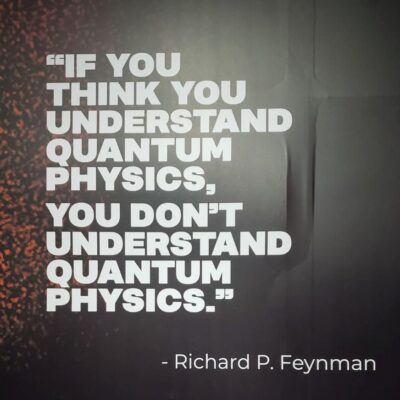
The time has come to make a decision. The board is gathered and has discussed the topic several times. There is a proposal. Everyone agrees, and the topic is ready for the next steps. The person who first came up with the idea is happy to have the support from the whole group and is looking forward to starting to act on the decision. Do you recognize this scenario?
After some time, the person who had the idea might be disappointed when she finds nothing has happened.
Maybe she both came up with the idea and took on some practical work to move the idea forward after the decision. Then she realizes that no one is interested in supporting her anymore. When she asks her fellow board members why they don’t support her, they might shrug and say, “well, you know, I don´t really believe in it but just thought it won’t harm anything to allow the decision to go through.” Some might not even be this clear but blame their lack of support on stressful times and lots of work or that they just forgot all about it.
How could you foresee this situation?
If you, as most boards do, use majority or consensus-based decision making, you can’t. However, there are ways to make decisions that will help everyone get a much better understanding of how much support an idea will have. 5toFold Decision Making shows both how much support the proposal gets and at the same time shows who wants to roll up their sleeves to make it happen. In this way of making decisions, people vote with their hands and use their fingers to show how much they want to support an idea. If they want to give much support and maybe even work to implement the decision, they will show 4 or 5 fingers. If they don’t think the idea is of any value or have concerns about it but they don’t want to block it, they will show 1 or 2 fingers.
The big difference between a 1-yes and a 5-yes vote
In 5toFold, everyone casts their votes at the same time. The proposer can, by looking around the circle, immediately see who wants to help the idea come true and who is not so interested. If most of the participants are voting a 1-yes or 2-yes, the proposer will know that she will have to move the idea forward by herself. And possibly face some resistance along the way. Depending on what the idea is about, it might as well be dropped at some point of the implementation if all the votes are on the lower side. If there are at least a few 5-yes, she will know who she can ask to be on a team together with her. Who is committed to getting the work done.
If some people are really passionate about the work in an organization and want all decisions to be of great value, they might even fold to the proposals they think will cause difficulties for the organization. To fold means to block the decision completely. When people fold, they might have seen something that other people don’t see at that time, and this could turn out to be valuable in the long run. To fold a decision takes courage and shows deep engagement in the organization and/or the idea, so it should not be mistaken for being disrespectful or reactionary. In fact, a fold can lead to adjustments of the proposal that lead to stronger commitment the next time a vote is made.
Engaging teams and people through decision-making
Voting a 1-yes or 2-yes is easier than folding so there is a probability that those are more common. However, they are also important in the decision making. If the proposer has not already in the discussion rounds before the voting realized that the proposal lacks support, those 1- and 2-votes will make them see that there is very little chance for their idea to come to life in its current makeup. This knowledge is not something that you will get from more traditional decision-making models. Hence 5toFold is unique and very useful when you, instead of slow movers or delayed projects, want engaged teams who work on topics that are important to the future of the organization.
Photo by Brooke Cagle on Unsplash










Leave a Reply